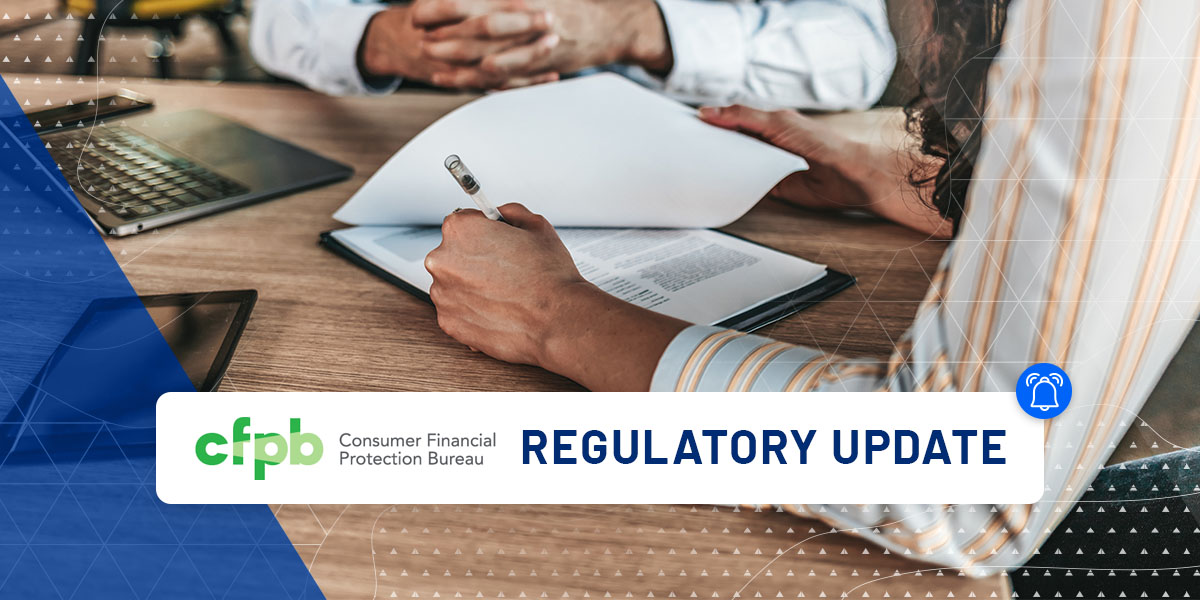Find out why a top-ten mortgage lender with a proprietary loan origination system (LOS) needed to convert from a legacy document platform.



As part of its assessment, the CFPB solicited public comments, conducted industry surveys and collected data from various sources. One of its stated goals, although not one required by the Dodd-Frank Act, was to report a cost-benefit analysis of TRID. Unfortunately, the final report does not include such an analysis, because the CFPB determined that the data needed to perform it was not available.
The overall finding is that TRID improved consumers’ ability to locate and compare information between initial disclosure (Loan Estimate) and final disclosure (Closing Disclosure) compared to prior disclosure formats. However, the evidence did not clearly indicate that consumer understanding of the data disclosed had increased. Both before and after implementation of TRID, most borrowers reported having applied for only one mortgage loan, so it is not clear that TRID increased the likelihood of borrowers ‘shopping’ for a mortgage loan.
The CFPB reports that the median lender response on costs of TRID implementation, at least in late 2015, was an additional $146 per loan, or about two percent of the total average cost of loan origination. It also notes that costs of origination have steadily increased over the last decade, so that it becomes difficult to isolate the cost of lender compliance with TRID.
The report notes some short-term market disruptions resulting from the implementation of TRID in late 2015, such as a higher than expected number of loans closing just before the rule took effect, and a short-term lengthening of time to close for purchase-money loans (increased by thirteen percent), which returned to the historical average within two years.
Finally, the report includes the results of a survey of about 50,000 closed loans, including some interesting data on how loan terms disclosed change during the loan process. For example, sixty-two percent of borrowers received at least one revised Loan Estimate, and forty-nine percent received at least one corrected Closing Disclosure. The disclosed APR changed in more than forty percent of re-disclosures, the loan-to-value ratio changed in almost one quarter of the cases, and interest rate changed in eight percent of the cases.
In this blog post concerning legal and regulatory matters of interest to the mortgage industry, Sandler Law Group (SLG) provides general information and industry observations that are not motivated by or concerned with a particular past occurrence or event, or a specific existing legal problem of which SLG is aware. Nothing published herein is intended to constitute legal advice and the use of the blog post by a reader shall not give rise to an attorney-client relationship with SLG. SLG expressly disclaims any representation of accuracy or reliability as to the content of this blog post, as well as any obligation to maintain such content over time or to ensure it is free from errors. Brad Cope is the attorney responsible for the SLG content of this blog post. Unless otherwise noted, the attorneys of SLG are not certified by the Texas Board of Legal Specialization.
Find out why a top-ten mortgage lender with a proprietary loan origination system (LOS) needed to convert from a legacy document platform.
Learn more about the Goals Module and its key monitoring and reporting features.
Learn about the changes of state consumer protection and the responsibility of financial services institutions to pursue operational excellence and a culture of compliance.